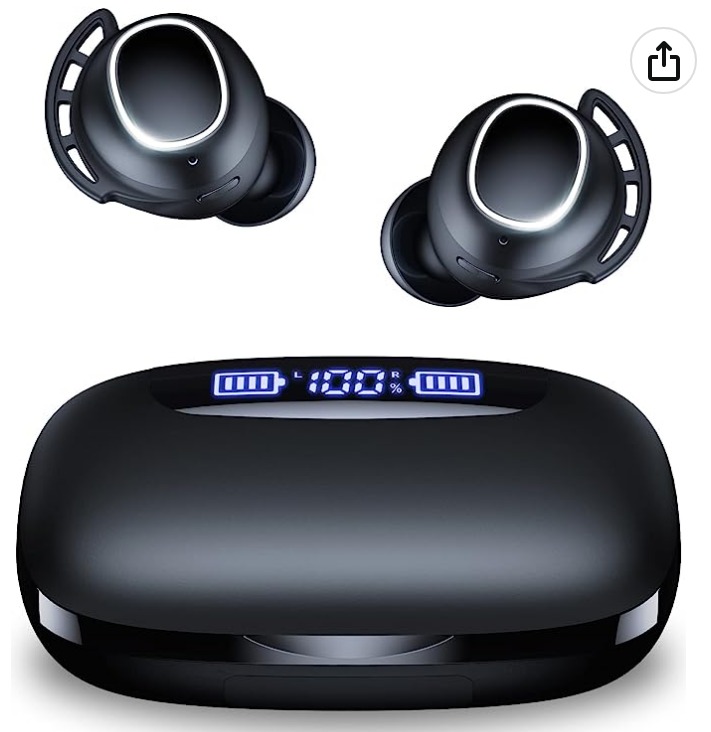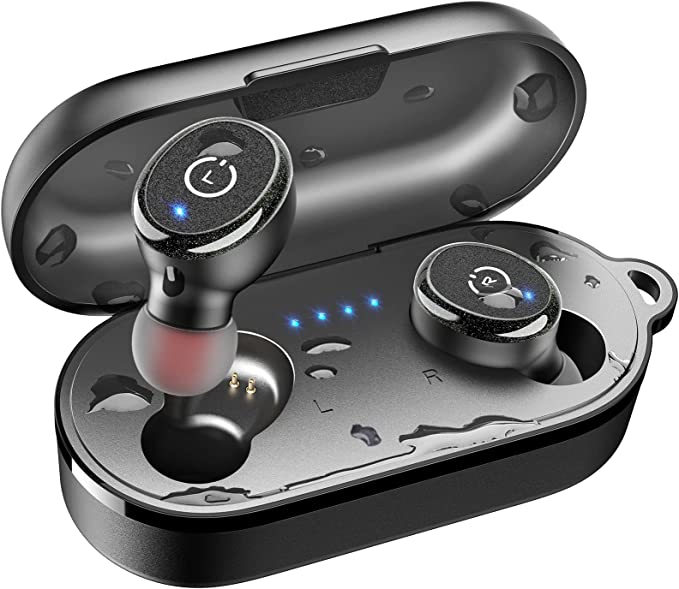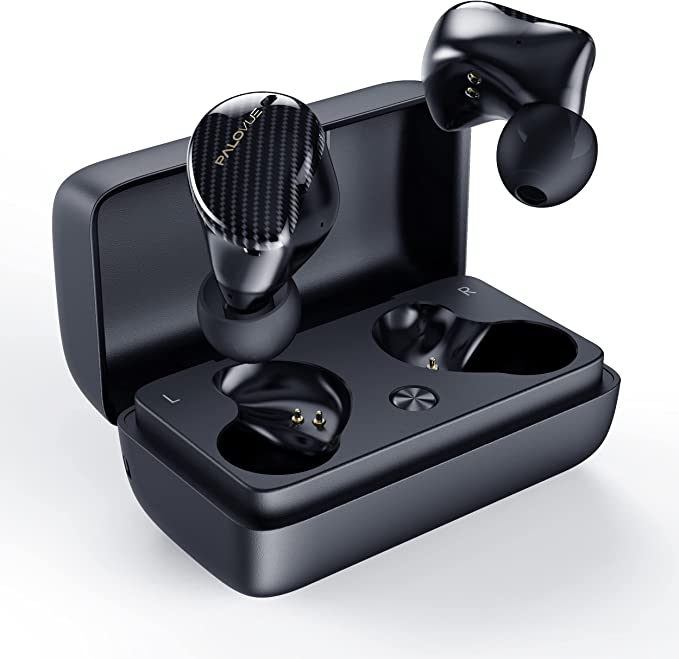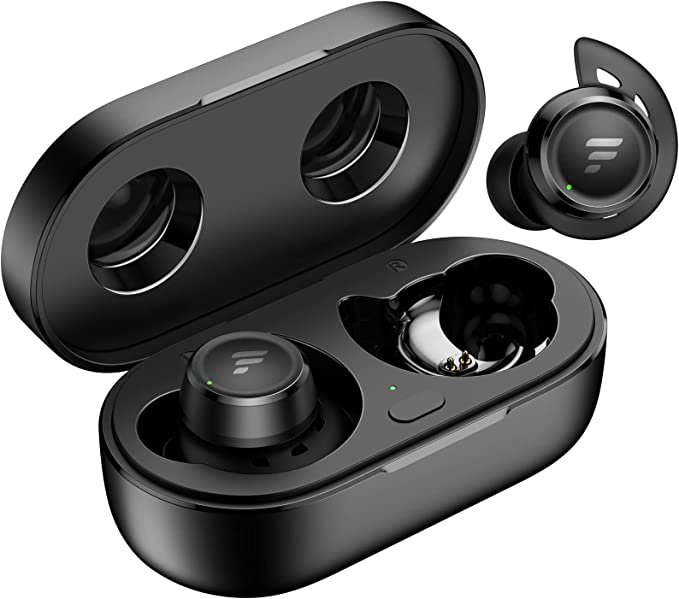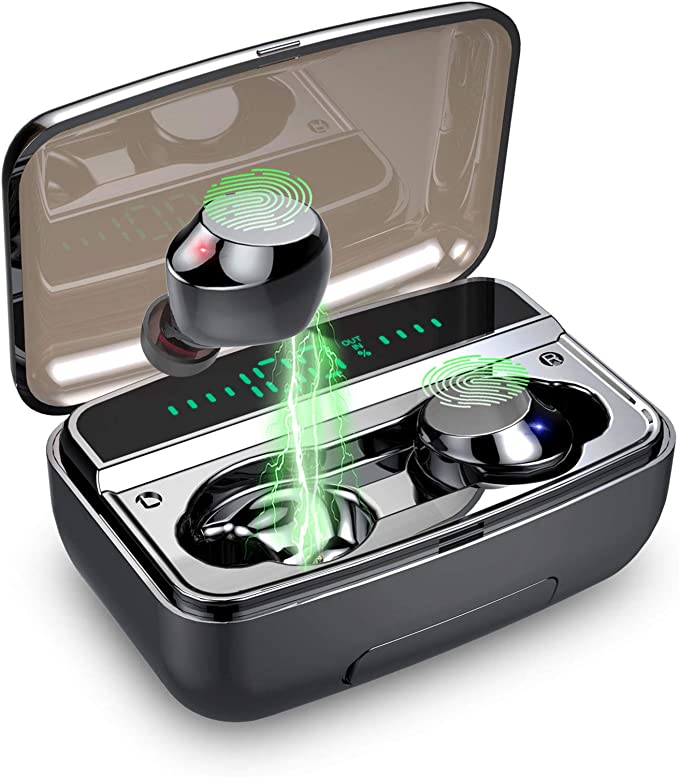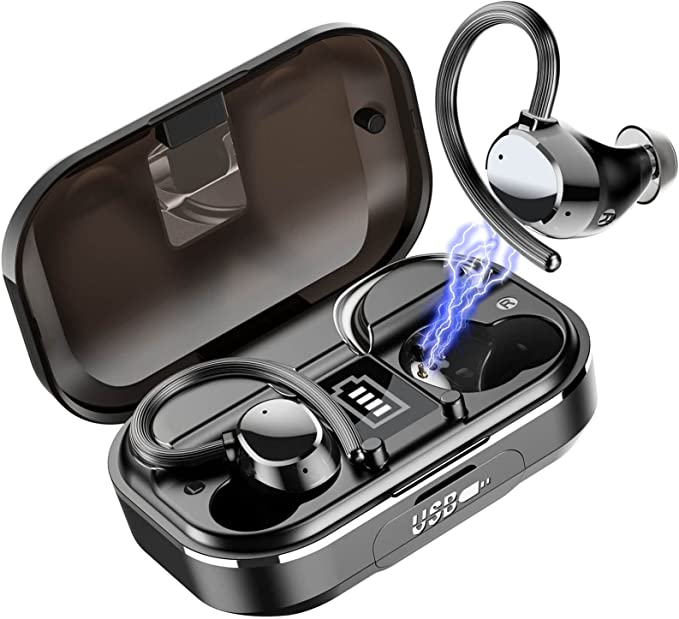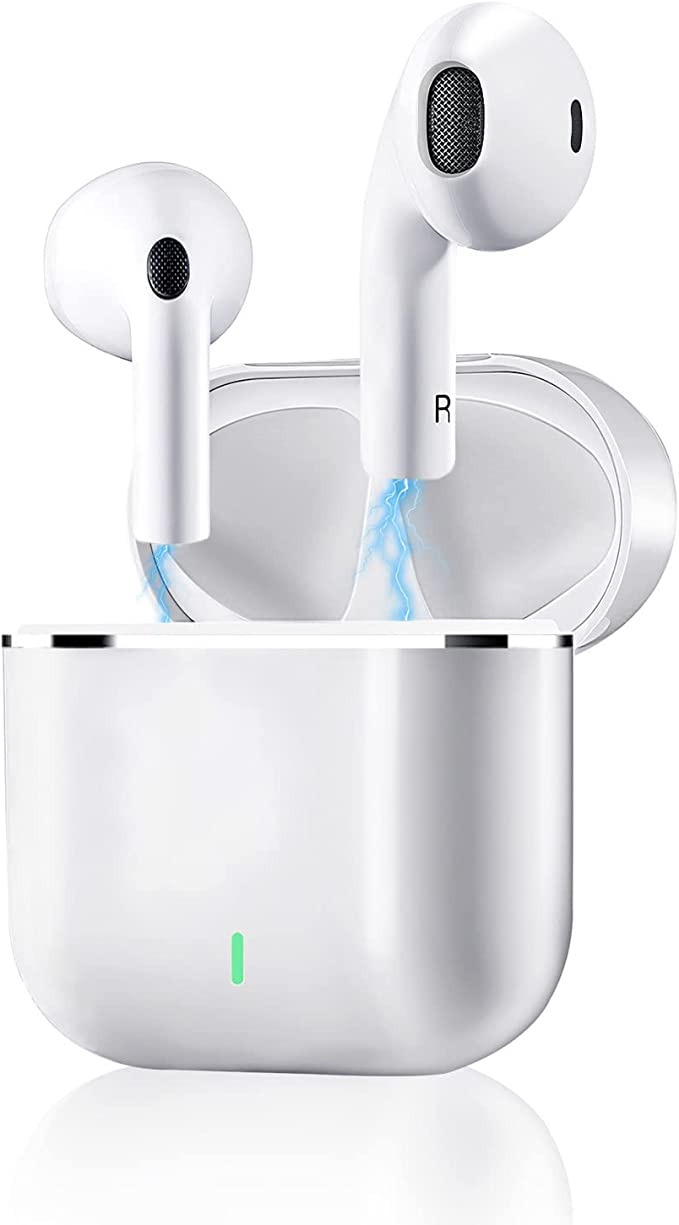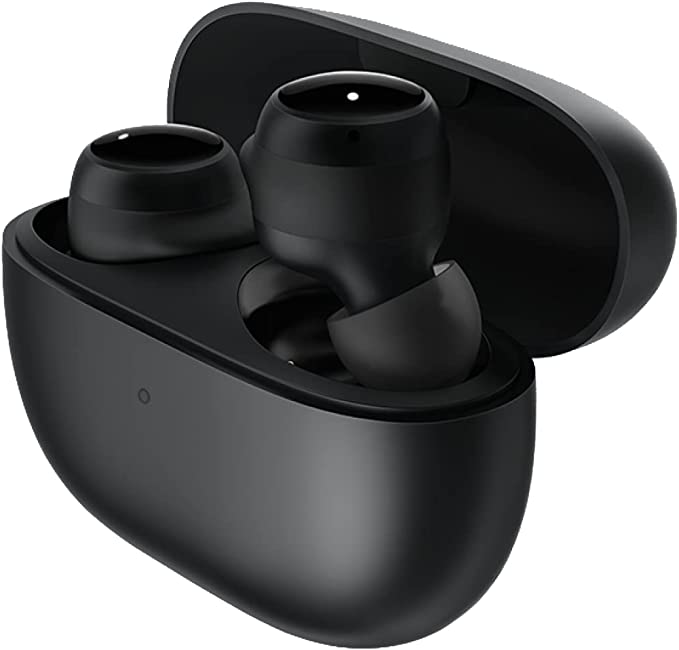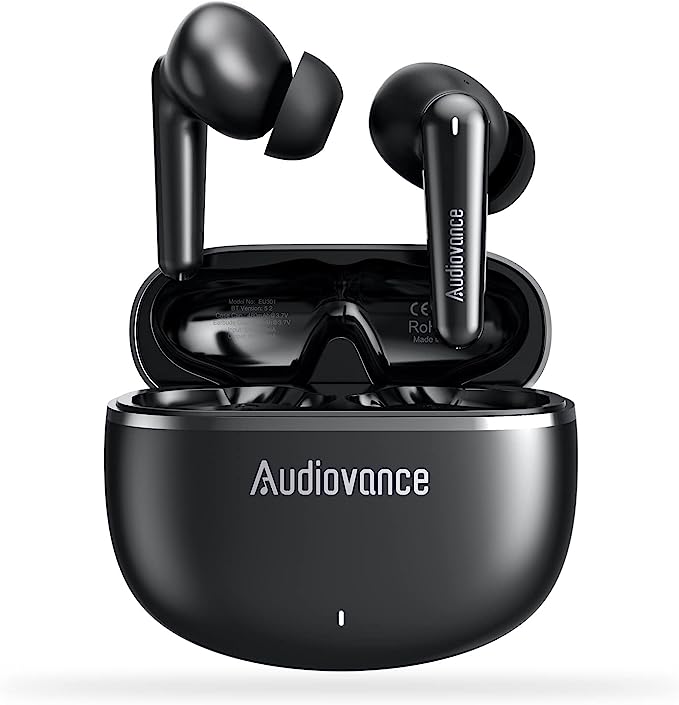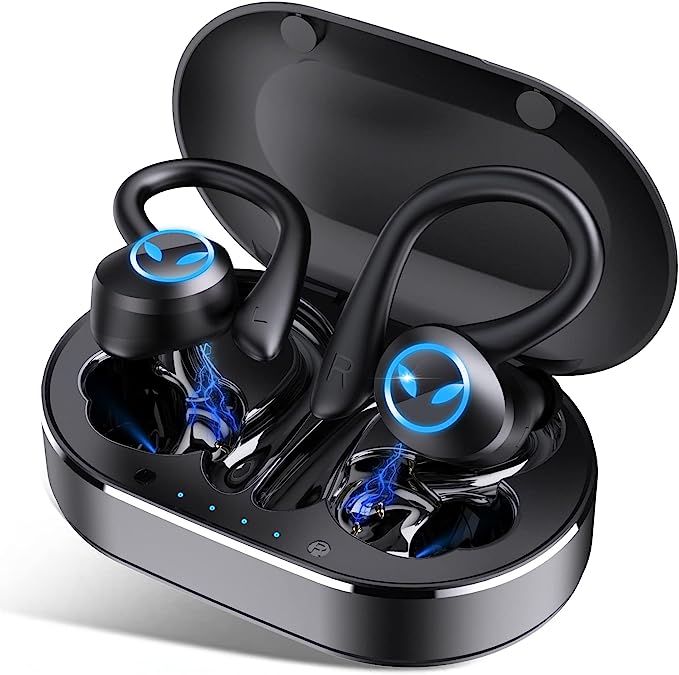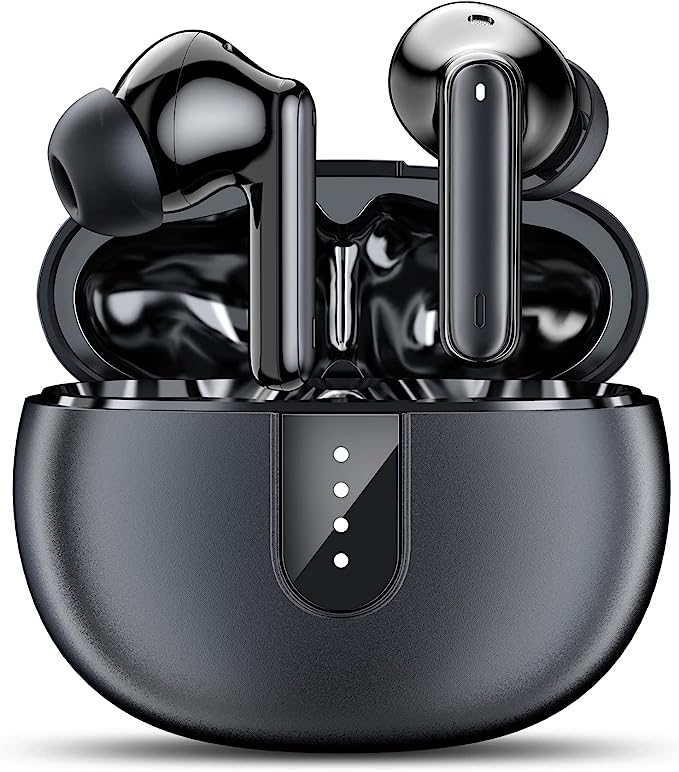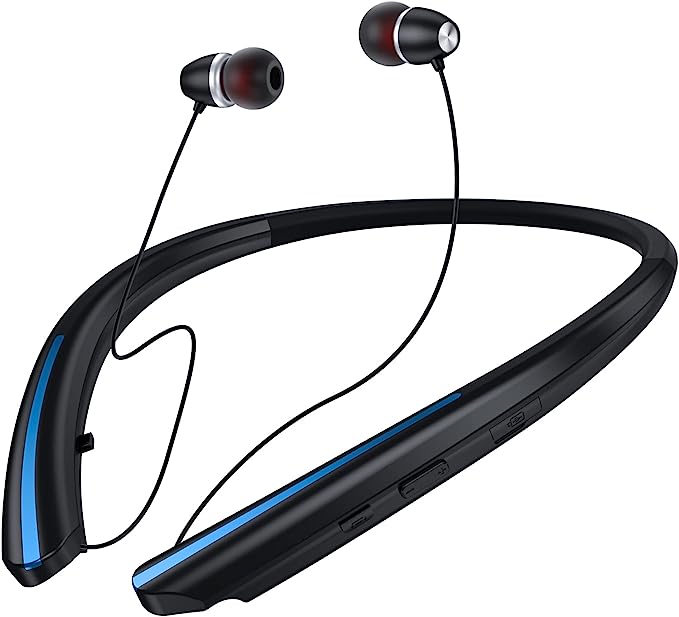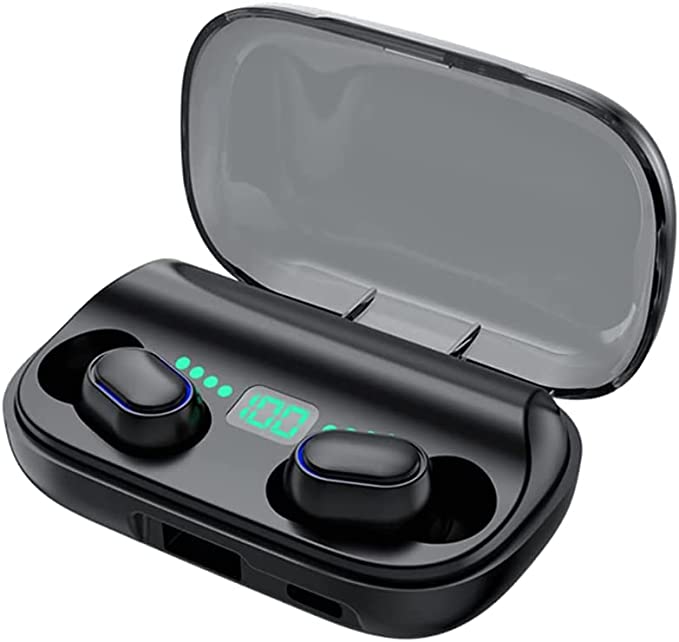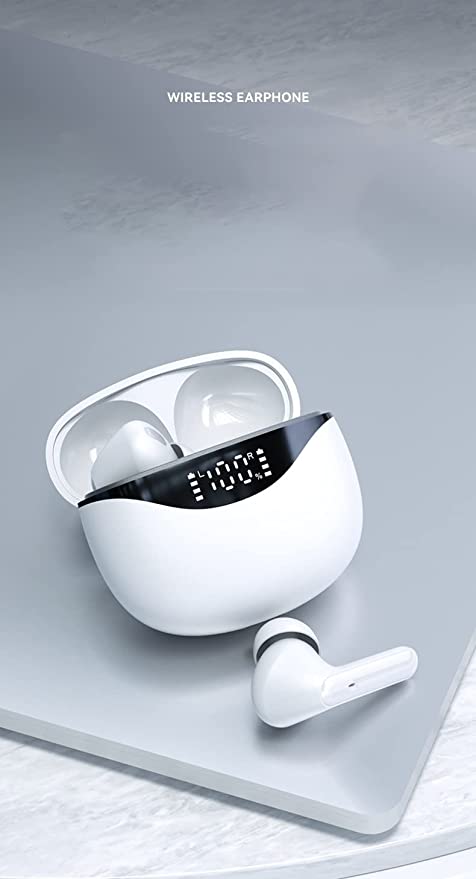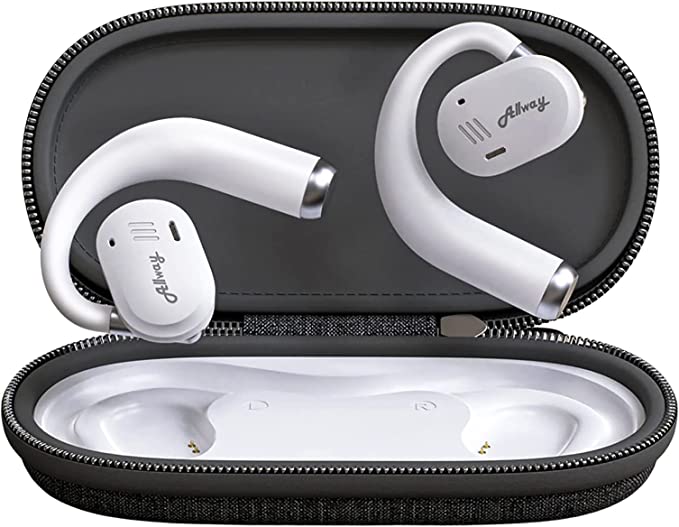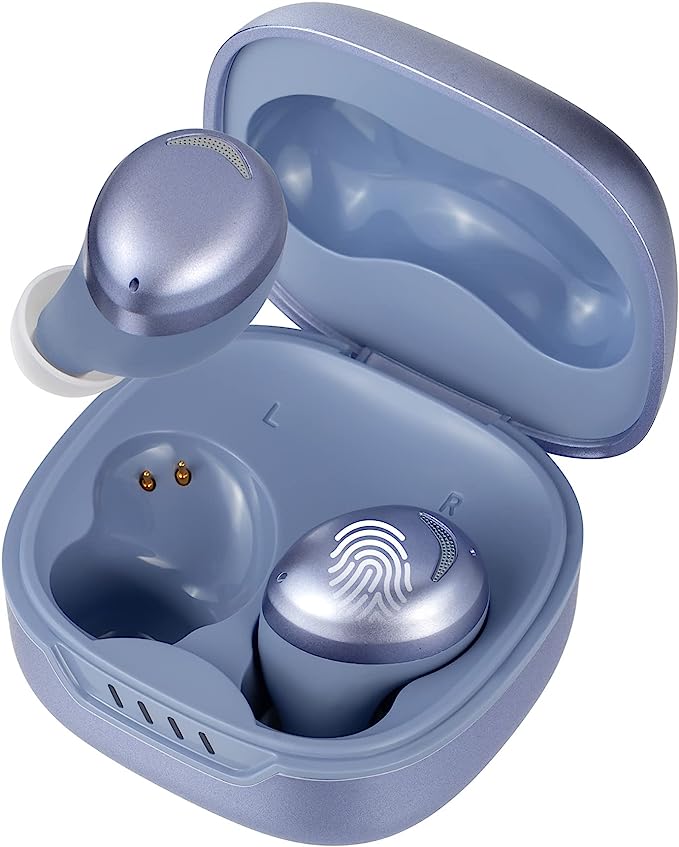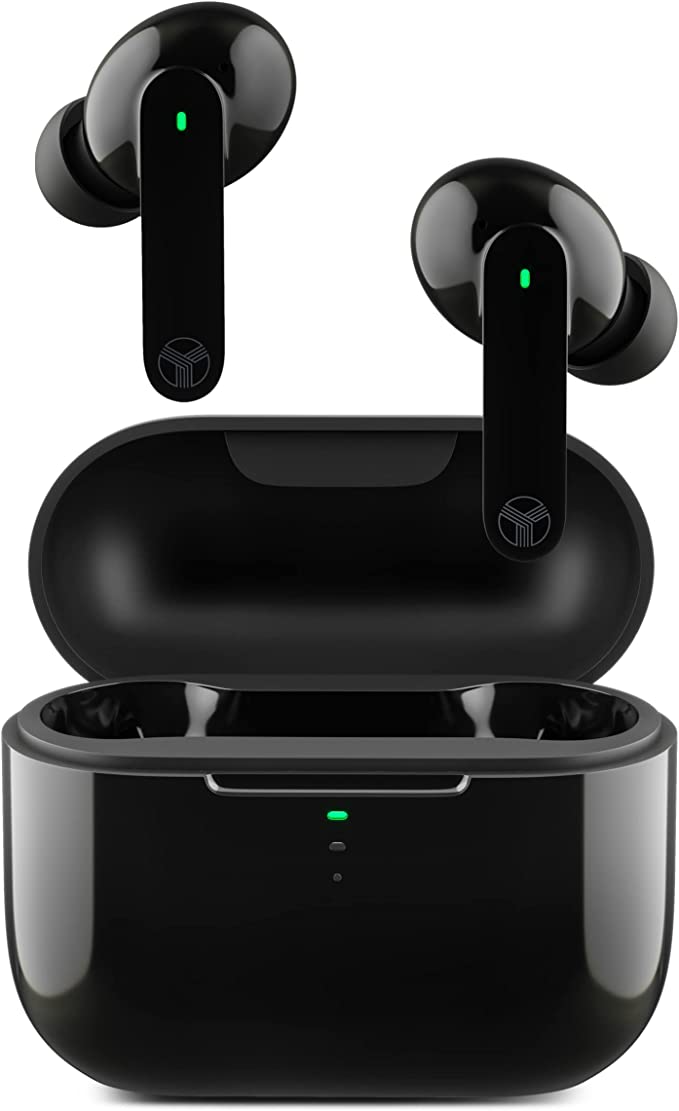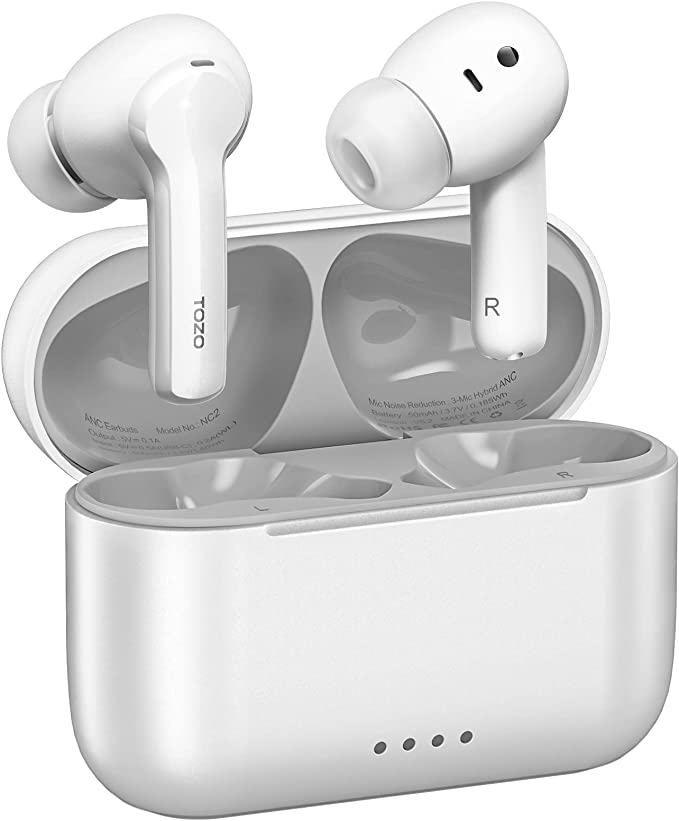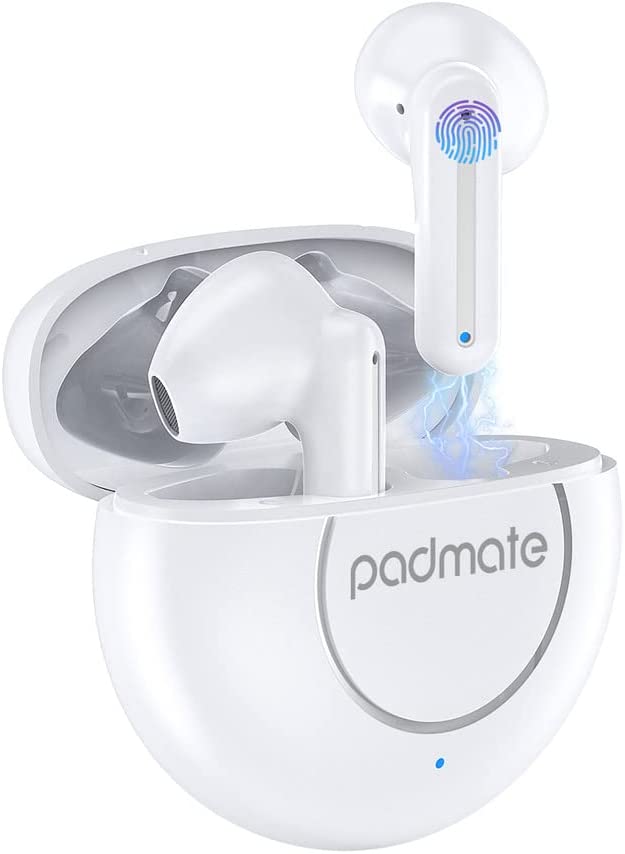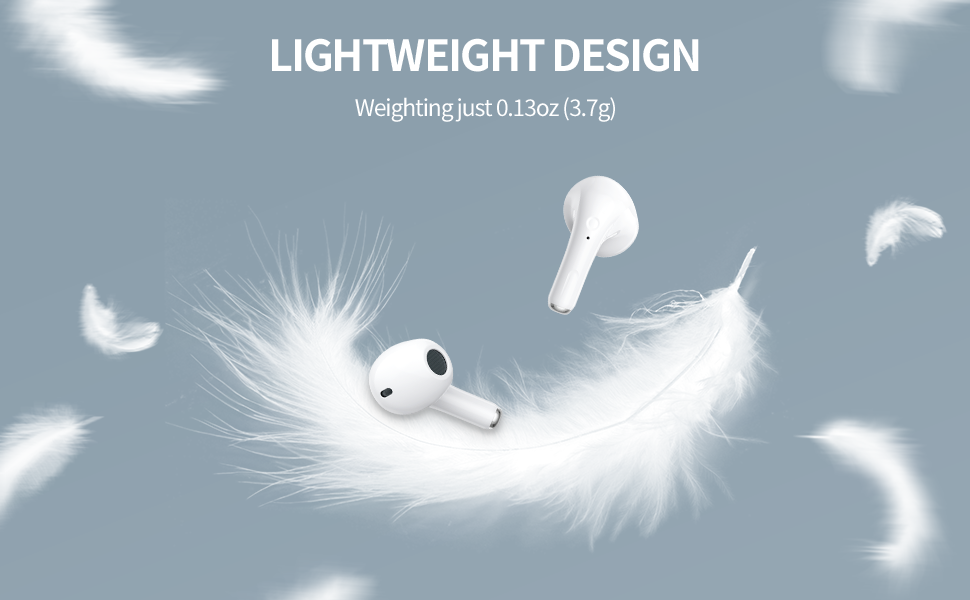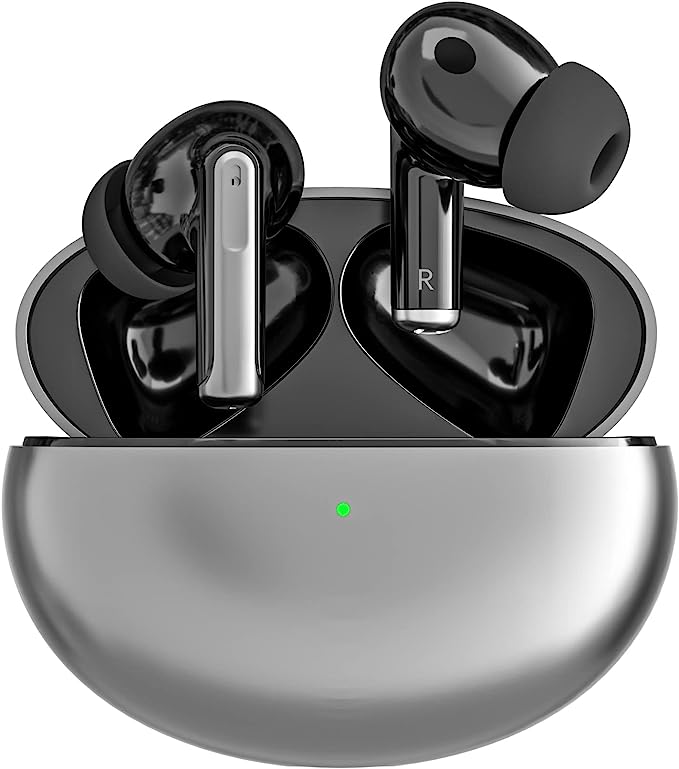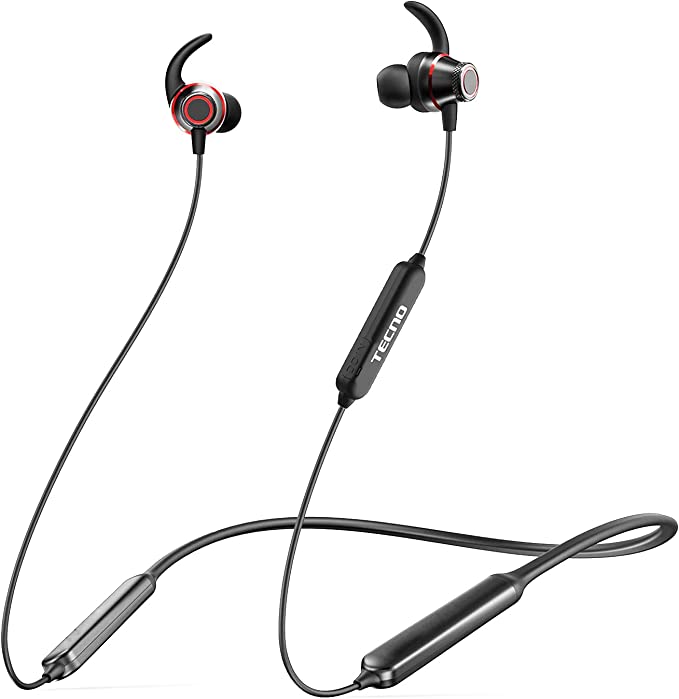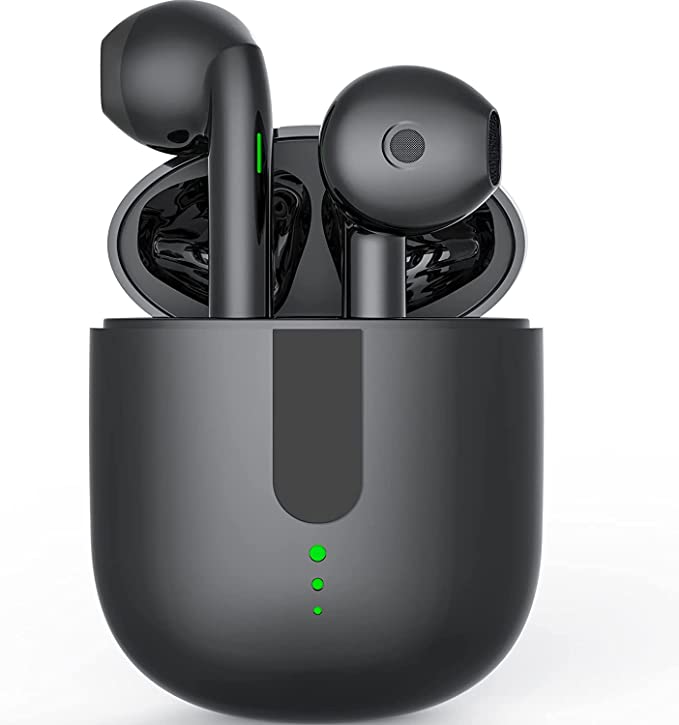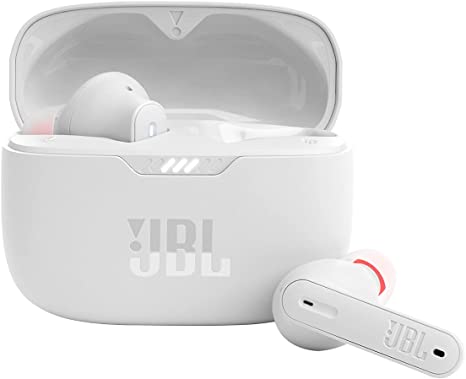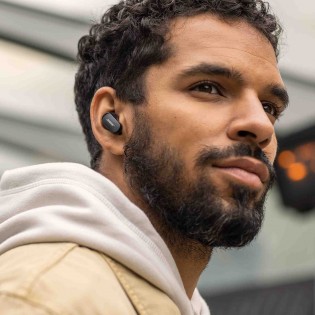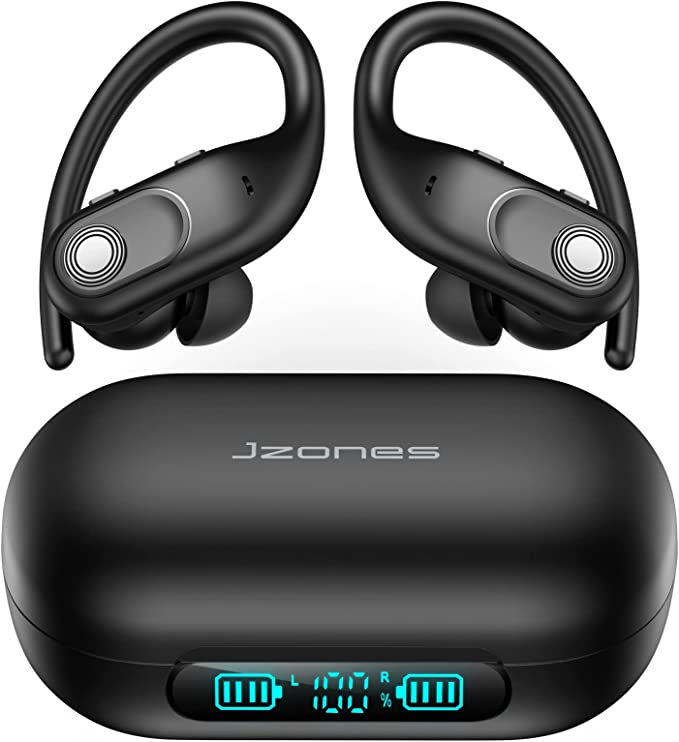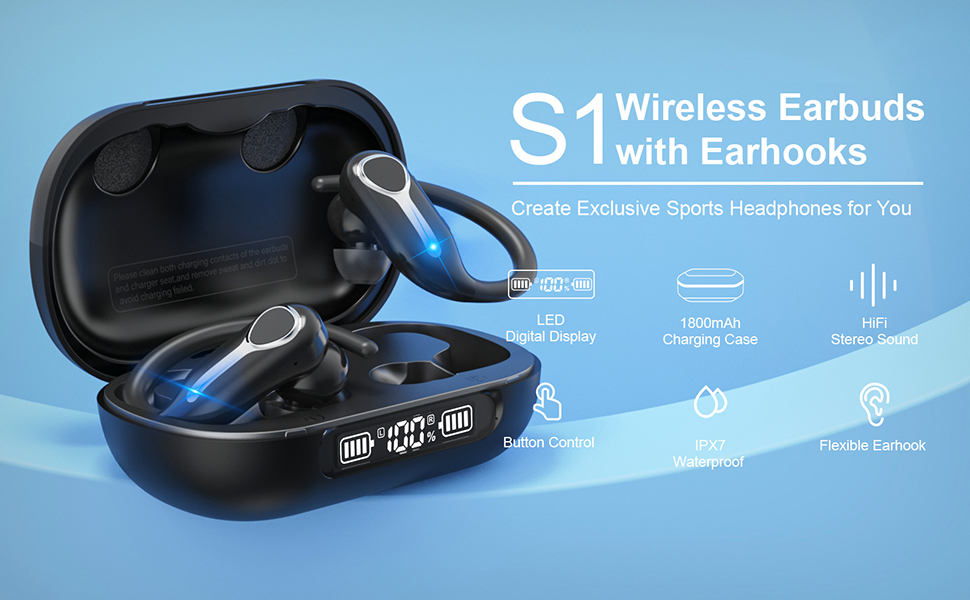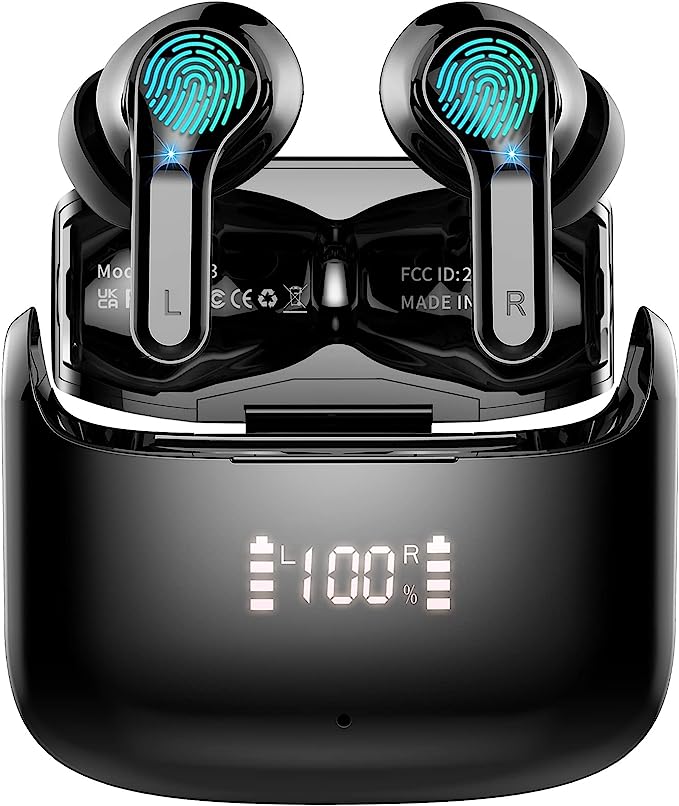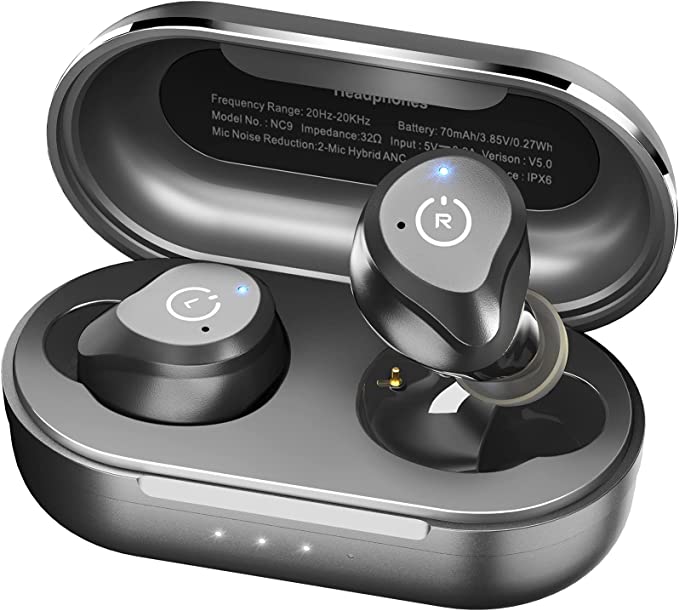Drsaec J97 Wireless Earbuds: Immersive Sound & Long-Lasting Battery
Update on March 20, 2025, 12:04 p.m.
We live in a world saturated with sound. From the gentle hum of a refrigerator to the roar of city traffic, our ears are constantly bombarded with auditory information. While some sounds are pleasant and even essential (think music, conversation, or the warning chirp of a smoke detector), others are simply…noise. Unwanted, distracting, and sometimes even harmful, noise can interfere with our concentration, disrupt our sleep, and even contribute to stress and anxiety.
That’s why we often seek moments of silence, or at least, a reduction in the level of ambient noise. It’s why noise-canceling headphones have become so popular, offering a refuge from the sonic chaos of modern life. But how do these devices work? And what makes a good pair of wireless earbuds, like the Drsaec J97, stand out from the crowd? Let’s embark on a journey into the science of sound and explore the technology that brings music to our ears.

A Journey into Your Ears (and How Sound Gets There)
Before we dive into the specifics of earbuds, let’s take a quick detour into the fascinating world of human hearing. Sound, at its most basic, is vibration. When an object vibrates – a guitar string, a vocal cord, a loudspeaker – it creates pressure waves in the surrounding air (or water, or any other medium). These waves travel outward, and when they reach our ears, a remarkable series of events unfolds.
First, the outer ear, with its intricate curves and folds, funnels the sound waves into the ear canal. These waves then strike the eardrum, a thin membrane that vibrates in response. The eardrum’s vibrations are transmitted to three tiny bones in the middle ear – the malleus, incus, and stapes (also known as the hammer, anvil, and stirrup). These bones act as a lever system, amplifying the vibrations and passing them on to the inner ear.
Inside the inner ear lies the cochlea, a fluid-filled, snail-shaped structure lined with thousands of tiny hair cells. These hair cells are the true sensory receptors of hearing. As the vibrations travel through the cochlear fluid, they cause the hair cells to move. This movement triggers electrical signals that are sent along the auditory nerve to the brain, where they are interpreted as sound. The frequency of the sound wave determines the pitch we hear, the amplitude will determine loudness.

The Graphene Revolution: Tiny Material, Big Impact
Now, let’s fast-forward to the 21st century and the materials that make modern audio technology possible. One of the most exciting advancements in recent years has been the use of graphene in speaker drivers.
Imagine a sheet of carbon atoms, arranged in a hexagonal lattice, just one atom thick. That’s graphene. Discovered in 2004, this “wonder material” has some extraordinary properties. It’s incredibly strong (about 200 times stronger than steel), yet remarkably lightweight and flexible. It’s also an excellent conductor of electricity and heat.
So, what does all this have to do with earbuds? Well, the speaker driver – the component that actually produces sound – relies on a diaphragm, a thin membrane that vibrates to create pressure waves. Traditionally, diaphragms have been made from materials like paper, plastic, or metal. But graphene offers some significant advantages.
Because it’s so strong and light, a graphene diaphragm can move very quickly and precisely, with minimal distortion. This means it can reproduce a wider range of frequencies, from deep bass to sparkling highs, with greater accuracy. Think of it like a drum: a tighter, lighter drumhead will produce a clearer, more resonant sound than a loose, heavy one.
The Drsaec J97 utilizes 10mm graphene drivers, along with a triple-layer composite structure, to deliver a rich, detailed, and immersive listening experience. The larger driver size (10mm) allows for more air movement, resulting in a more powerful bass response.

Bluetooth 5.2: Cutting the Cord, Keeping the Quality
Wireless earbuds, of course, rely on Bluetooth technology to transmit audio signals from your phone, tablet, or computer. Bluetooth is a short-range wireless communication standard that operates in the 2.4 GHz frequency band. Over the years, Bluetooth has evolved, with each new version offering improvements in speed, range, and power efficiency.
The Drsaec J97 features Bluetooth 5.2, the latest iteration of this technology. Compared to older versions, Bluetooth 5.2 offers several key benefits:
- Lower Energy Consumption: This is crucial for battery-powered devices like earbuds. Bluetooth 5.2 uses a feature called LE Power Control to optimize power consumption, extending battery life.
- Enhanced Connection Stability: Bluetooth 5.2 includes features that improve connection reliability, reducing the likelihood of dropouts or interference, even in crowded environments.
- Improved Audio Quality: While Bluetooth 5.2 doesn’t inherently change the audio codecs used (like SBC or AAC), its improved connection stability can help ensure a more consistent and reliable audio stream.
- Faster Data Transfer: Although not directly influencing sound on J97, the potential is always a welcome.
Think of Bluetooth 5.2 as a more efficient and reliable highway for your audio data. It ensures that the music gets from your phone to your earbuds smoothly and without unnecessary detours.
Canceling Noise: The Science of Silence
One of the most sought-after features in modern headphones is noise cancellation. The ability to block out distractions – whether it’s the drone of an airplane engine, the chatter of colleagues in an open-plan office, or the rumble of a passing bus – can dramatically enhance the listening experience and create a sense of tranquility.
The Drsaec J97 employs a dual-microphone noise cancellation system specifically designed for clear calls. It’s not the same as active noise cancellation (ANC), which uses more sophisticated technology to block a wider range of ambient sounds. However, it’s still a very effective way to improve call quality in noisy environments.
How Dual-Mic Noise Cancellation Works
The principle behind dual-mic noise cancellation is relatively simple, but the engineering is quite clever. Here’s a breakdown:
-
Two Microphones: As the name suggests, two microphones are used. One is positioned closer to your mouth to pick up your voice. The other is positioned further away, typically on the outer surface of the earbud, to capture ambient noise.
-
Signal Processing: The magic happens in the digital signal processing (DSP) chip. The chip analyzes the signals from both microphones. It identifies the sounds that are common to both microphones (i.e., the ambient noise) and the sounds that are unique to the microphone closer to your mouth (i.e., your voice).
-
Noise Reduction: The DSP chip then uses algorithms to subtract the ambient noise signal from the voice signal. This effectively reduces the level of background noise, making your voice clearer to the person on the other end of the call. It’s a bit like having a skilled audio editor carefully removing unwanted sounds from a recording.
-
Inward-Facing Microphone. J97 also has a inward-facing microphone. This microphone is positioned to listen to the sound inside the ear canal. It picks up any residual noise that might have leaked in, and the circuitry generates an anti-noise signal to cancel it out.
Beyond Calls: Environmental Noise Reduction
While the Drsaec J97’s dual-mic system is primarily designed for calls, it can also provide some degree of environmental noise reduction, particularly for constant, low-frequency sounds like the hum of an air conditioner or the rumble of traffic. It won’t be as effective as dedicated ANC headphones, but it can still make a noticeable difference.
Power Up: Battery Life and the Quest for More
One of the biggest challenges for wireless earbuds is battery life. Nobody wants their music to cut out in the middle of a workout or a conference call. The Drsaec J97 addresses this with a combination of energy-efficient components and a relatively large battery capacity.
The earbuds themselves offer up to 8 hours of playtime on a single charge. The charging case, which also acts as a portable power bank, provides an additional 32 hours of battery life, for a total of 40 hours. This is a very respectable figure, especially considering the compact size of the earbuds.
The charging case uses a USB-C port, the current standard for fast and convenient charging. USB-C is reversible (so you don’t have to worry about plugging it in the wrong way), and it can deliver more power than older USB standards, allowing for faster charging times.
Built to Last: IPX7 Waterproofing
Life happens. We sweat during workouts, get caught in the rain, and sometimes even drop things in puddles. That’s why it’s important for earbuds to be able to withstand the elements. The Drsaec J97 boasts an IPX7 waterproof rating.
What does IPX7 mean? The “IP” stands for “Ingress Protection,” and it’s a standard used to classify the degree of protection a device has against solids (like dust) and liquids (like water). The “X” in IPX7 means that the device hasn’t been formally tested for dust resistance. The “7” indicates that the device can withstand immersion in up to 1 meter of water for up to 30 minutes.
In practical terms, this means you don’t have to worry about sweat, rain, or even accidental submersion damaging your J97 earbuds. You can wear them with confidence during workouts, outdoor activities, or even in the shower (though we wouldn’t recommend prolonged submersion).

The Convenience Factor: Touch Controls and More
Beyond the core features of sound quality, noise cancellation, and battery life, the Drsaec J97 offers several convenience features that enhance the user experience.
Touch controls allow you to manage your music and calls without having to reach for your phone. A series of taps or swipes on the earbuds can perform actions like:
- Play/Pause music
- Skip tracks
- Answer/End calls
- Adjust volume
- Activate voice assistant
The specific touch controls can usually be customized through a companion app (although the provided information doesn’t mention a specific app for the J97).
The Little Things: LED Display, Mono mode
Drsaec J97 has a dual LED power display, so you can easily check the remaining battery of both of your earbuds, and the case.
It also support mono mode, mean you can only use one earbud at a time.

A World of Sound: Future of earbud
Earbuds have come a remarkably long way in a relatively short time. From clunky, wired contraptions to sleek, wireless devices packed with advanced technology, the evolution has been rapid. And the future looks even more exciting. We can expect to see further improvements in:
- Sound Quality: Lossless audio over Bluetooth, personalized audio profiles, and even more sophisticated sound processing.
- Noise Cancellation: Adaptive ANC that automatically adjusts to the environment, and even the ability to selectively block out certain sounds while letting others through.
- Battery Life: More energy-efficient components and new battery technologies that could extend playtime to days or even weeks.
- Connectivity: Seamless integration with other devices, and even the ability to connect directly to cellular networks.
- Health and Wellness: Built-in sensors that can monitor heart rate, body temperature, and other vital signs.
- Augmented Reality: Earbuds that can overlay digital information onto the real world, providing audio cues and notifications.
The Drsaec J97 is a great example of how far earbud technology has come. It’s a device that combines impressive sound quality, effective noise cancellation, long battery life, and a host of convenience features, all in a compact and affordable package. But it’s also a stepping stone to an even more exciting future, where our ears will become a gateway to a richer, more immersive, and more personalized world of sound.
